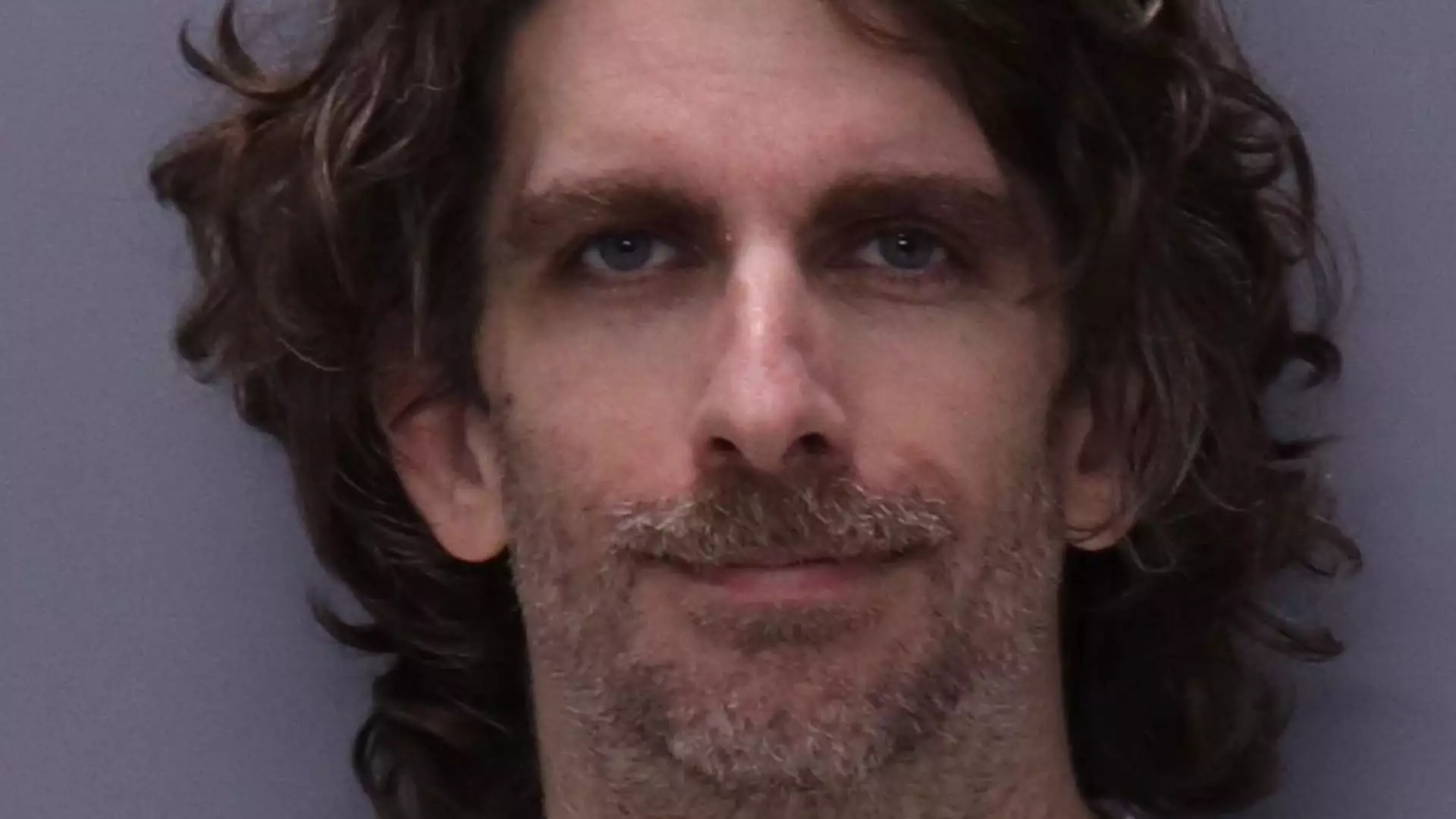In a tragic turn of events on Friday, a man by the name of Maxwell Azzarello set himself on fire outside the courthouse where former President Donald Trump’s hush money trial was being held. The incident took place in New York City, and sadly, Azzarello succumbed to his injuries. The man was identified as being from St. Augustine, Florida, and was in the designated protest area outside the courthouse. Police reported that Azzarello entered Collect Pond Park around 1:30 p.m. before committing the act. Bystanders, court officers, and police tried to extinguish the fire using coats and fire extinguishers, but their efforts were in vain.
Chief of Department Jeffrey B. Maddrey provided details of the incident, stating that Azzarello walked into the center of the park, shuffled his clothes, and then proceeded to pour a liquid accelerant on himself before setting himself on fire. He fell on a police barrier and eventually to the ground. It was noted that this took place right before the jury for Trump’s trial was fully empaneled, with 12 jurors and six alternates selected. The tragic event occurred just before the court’s lunch break, leaving a devastating impact on all those present.
The New York City Fire Commissioner, Laura Kavanagh, revealed that Azzarello was taken to the burn unit at Weill Cornell Medical Center in critical condition. Unfortunately, he later succumbed to his injuries. The incident also resulted in injuries to four police officers and one court officer, all of whom sustained minor injuries while trying to deal with the situation. Chief of Detectives Joseph Kenny provided information about Azzarello, mentioning that he was born in 1987 and had arrived in New York City just the week prior. Azzarello seemed to have family members who were unaware of his presence in the city, further adding to the mysterious circumstances surrounding the event.
Law enforcement personnel and sources revealed that Azzarello appeared to be influenced by conspiracy theories and may have had emotional issues. There were hints that he had posted his intentions of self-immolation in advance, pointing towards a premeditated act. The pamphlets he distributed seemed to be propaganda-based, focusing on Ponzi schemes and conspiracy theories, suggesting a troubled mental state.
The Eyewitness Accounts
Eyewitnesses described the harrowing incident, with one recounting how Azzarello doused himself in an accelerant before setting himself on fire. The horrific scene left onlookers in shock and disbelief, with many unable to comprehend the gravity of the situation. The man’s actions were deliberate and methodical, showcasing a disturbing level of planning and intent. The eyewitnesses’ testimonies painted a picture of a man in distress, resorting to such extreme measures to convey a message or make a statement.
The tragic self-immolation of Maxwell Azzarello outside the courthouse serves as a stark reminder of the impact of mental health issues and extreme ideologies. The incident raises questions about society’s role in addressing such concerns and the need for better mental health support systems. It is a grim reminder of the desperate measures some individuals may resort to in seeking attention or expressing their grievances. The aftermath of this tragic event leaves a lasting impact on all those involved, highlighting the importance of compassion, understanding, and proactive intervention in addressing mental health challenges.

Leave a Reply